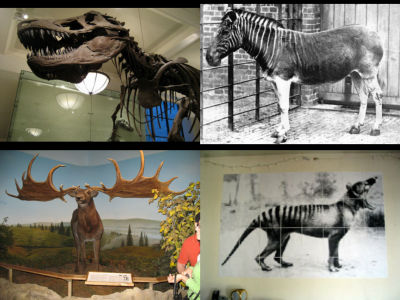Mammoths aren't the only extinct animals scientists are trying to bring back to life: six species

Plans to revive extinct giant animals using science and technology are steadily progressing, such as an American biotechnology company
6 extinct species that scientists could bring back to life | Live Science
https://www.livescience.com/animals/extinct-species/extinct-species-that-scientists-could-bring-back-to-life
Restoring an extinct animal is done through a process called nuclear transfer, in which a DNA sample from that species is transferred into the egg cells of a related species. In 2003, a baby was born through a nuclear transfer from a Pyrenean ibex (bucardo), a subspecies of ibex that was declared extinct in 2000, and it lived for a few minutes before dying from a lung defect.
Since then, nuclear transplant technology has been steadily improving, and Live Science predicts that 'by the 2030s, we may be able to see extinct animals walking the earth again,' and introduced six extinct animals that scientists are considering reviving.
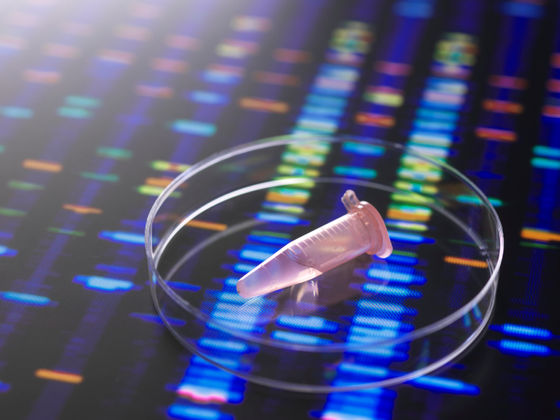
1. Mammoth
The woolly mammoth is an animal that lived during
Well-preserved mammoth mummies have been found in the permafrost of the Arctic, and it may be possible to bring mammoths back to life by extracting DNA from them and transplanting it into the egg cells of modern elephants.
American biotechnology company Colossal Biosciences has pledged to give birth to the first mammoth calf by 2028.
Biotechnology company aiming to revive mammoths succeeds in creating iPS cells from Asian elephants, one step closer to reviving mammoths - GIGAZINE

By Steve Jurvetson
2. Dodo
The dodo was a large flightless bird endemic to the island of Mauritius, which is an island off the coast of Madagascar. However, it became extinct in 1681 due to the introduction of invasive species such as rats, cats, and monkeys to the island during European colonization that began in 1598, deforestation, and dodo hunting by humans. As it was driven to extinction in the blink of an eye less than a century later, the dodo is considered a symbol of man-made extinction.
Although the living dodo is extinct, well-preserved specimens remain, and in 2022 scientists succeeded in restoring the dodo genome from a specimen in Denmark.
Colossal Biosciences is also working to resurrect the dodo, and Ben Lamb of the company told Live Science, 'The good news is that the dodo's DNA is self-contained in the egg, so this would be much quicker and easier to resurrect than an animal like the mammoth, which requires pregnancy and childbirth.'
A group aiming to revive ancient creatures launches a project to revive the extinct giant bird 'Dodo' - GIGAZINE

◆3. Thysanthyr
The thylacine is a carnivorous marsupial with stripes on its back that once inhabited all of Australia, but disappeared 3,000 to 2,000 years ago. The last group of thylacines survived on the island of Tasmania, located off the southeast coast of Australia, but they became extinct when Europeans who settled on the island exterminated the thylacines that preyed on livestock, and the last one in a zoo died in 1936.
According to Professor Andrew Pask of the University of Melbourne in Australia, there are specimens of the thylacine in museums around the world, some of which are in very good condition. In 2017, Professor Pask's team decoded the complete genome of the thylacine, and in 2023, another research team succeeded in extracting RNA, but Professor Pask said that there are still many challenges to overcome, such as DNA fragmentation, in order to revive the thylacine.
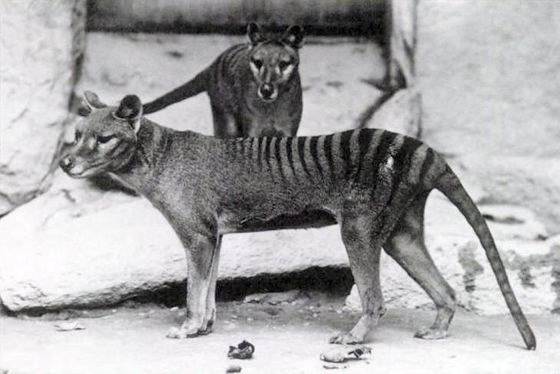
4. Passenger pigeon
Passenger pigeons were once the most abundant bird in North America, making up 25-40% of the total bird population in the U.S. before the 17th century, but their numbers gradually declined as European settlers hunted them for food, and the last passenger pigeon, named Martha, died in 1914.
There are dozens of passenger pigeon specimens in museums around the country, and researchers have extracted DNA from them and sequenced it, but it is said that it is highly fragmented and therefore unlikely that the passenger pigeon will ever be resurrected in its original form.
_(14562557107)_m.jpg)
Therefore, Revive & Restore, a biotechnology company aiming to revive passenger pigeons, plans to introduce the passenger pigeon genome into the passenger pigeon's closest relative, the banded pigeon, to create a bird similar to the passenger pigeon. According to the company, the first generation will hatch from eggs in 2025 and begin trial releases into the wild.
◆5. Aurochs
The aurochs, which are said to be the ancestors of all cattle, including domesticated cattle, once lived throughout North Africa, Asia and Europe. However, their numbers declined due to overhunting and habitat destruction by humans, and they became extinct when the last survivor living in the forests of a Polish reserve died in 1627.
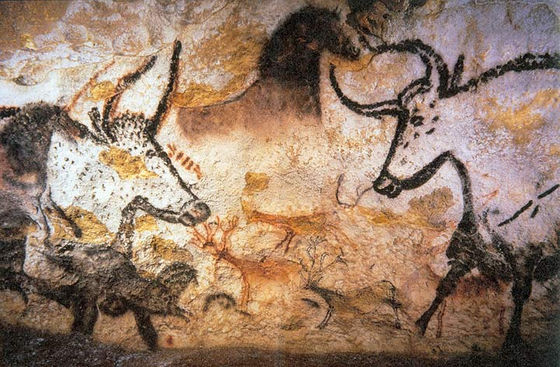
Because most of the aurochs' DNA is inherited by modern cattle, scientists are attempting to resurrect the animal not through genetic manipulation, but through '
According to ecologist Ronald Goderie, director of the Taurus Foundation, which oversees the Dutch aurochs reinstatement project, the project has already produced more than six generations of cattle, bringing the team quite close to its goal of producing a cattle that closely resembles the aurochs.
6. Quagga
The quagga is a subspecies of the plains zebra, and is characterized by fewer stripes on its hind legs than the zebra. The wild quagga became extinct due to hunters seeking rare fur and the livestock industry, which thought that wild animals were a hindrance to grazing, and the last quagga in captivity died in 1883.
Only seven quagga skeletons remain, but researchers at University College London say it may be possible to clone a quagga by extracting DNA from its bone marrow and stuffed specimens and introducing it into a zebra egg cell.
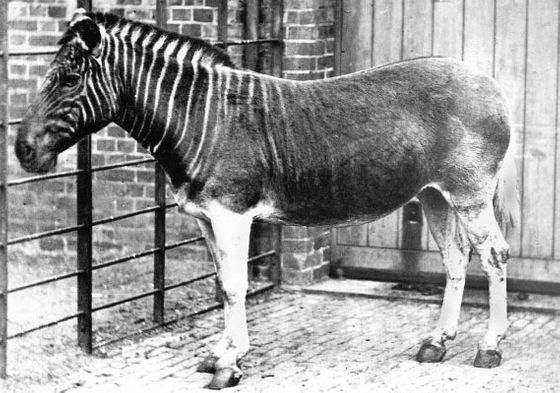
There is also a project underway to crossbreed the quagga with zebras, which have fewer stripes than the aurochs, in order to 'restore the genes that give the quagga its distinctive striped pattern.' However, there are criticisms that 'since what will be born is ultimately a zebra, the funds would be better spent on other conservation projects.'
Related Posts:


